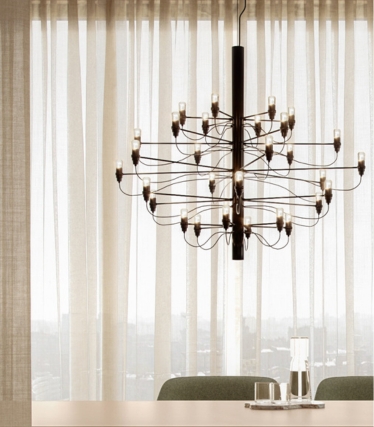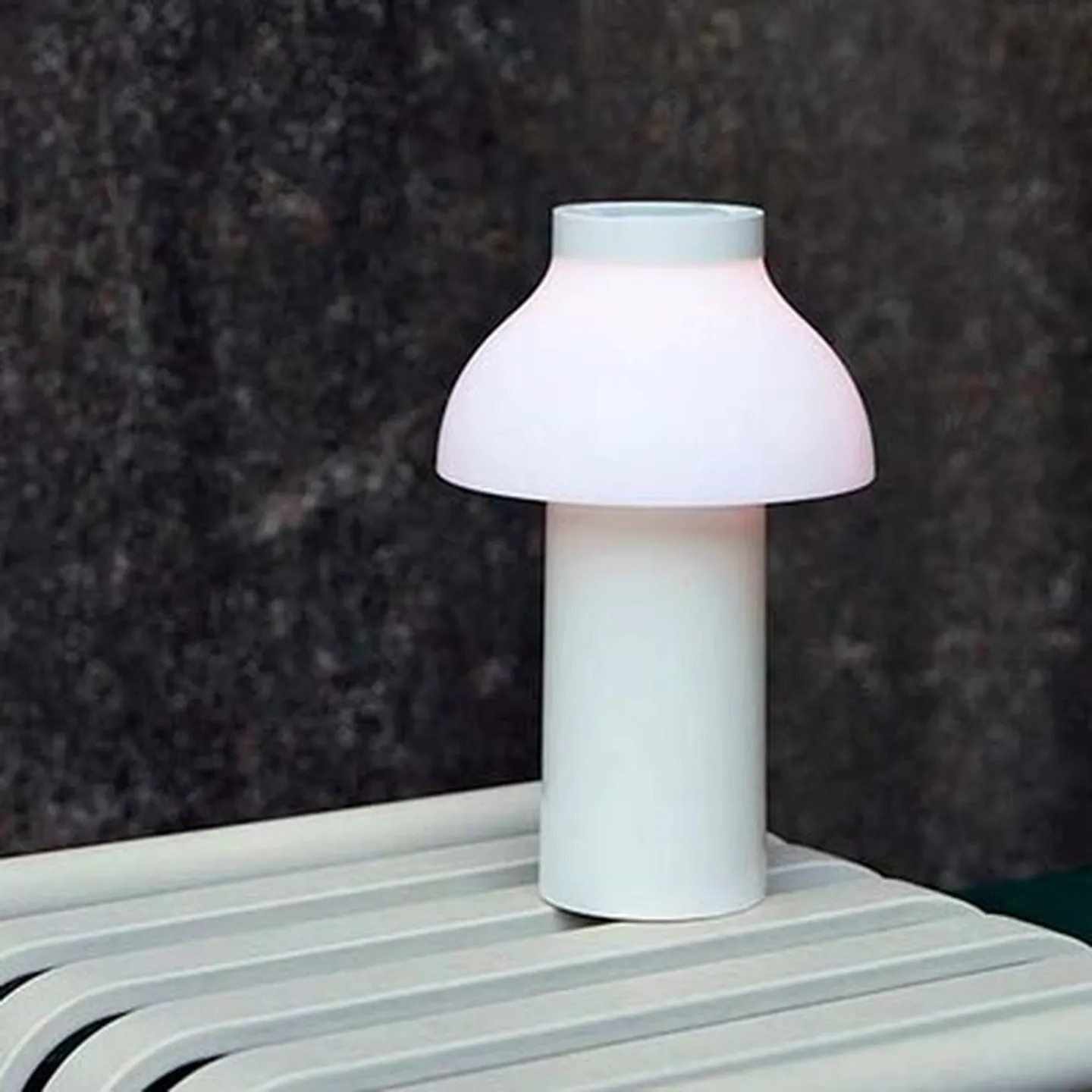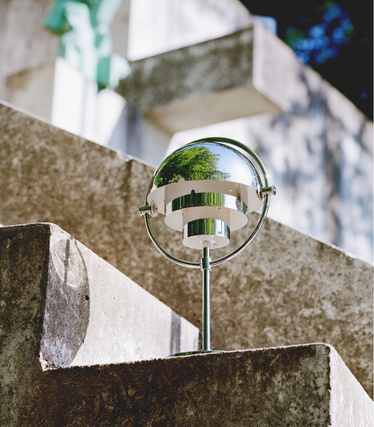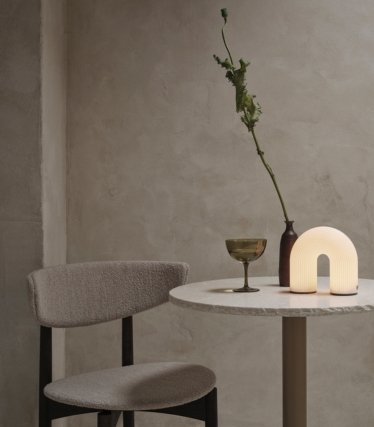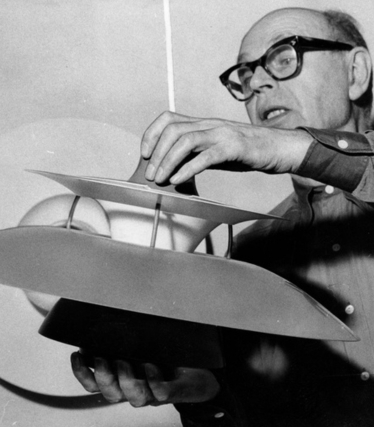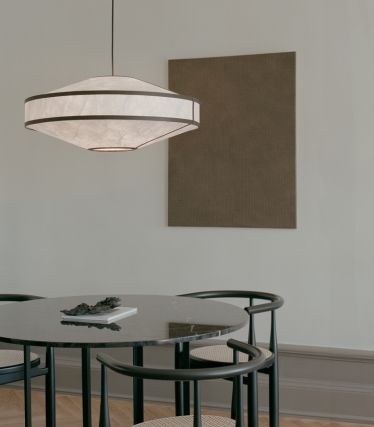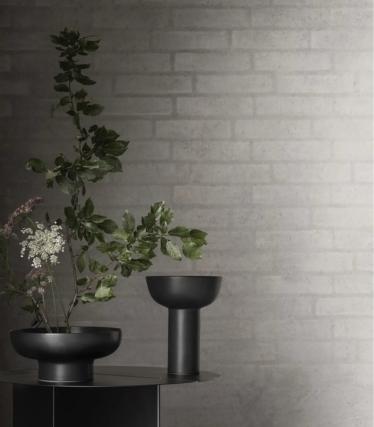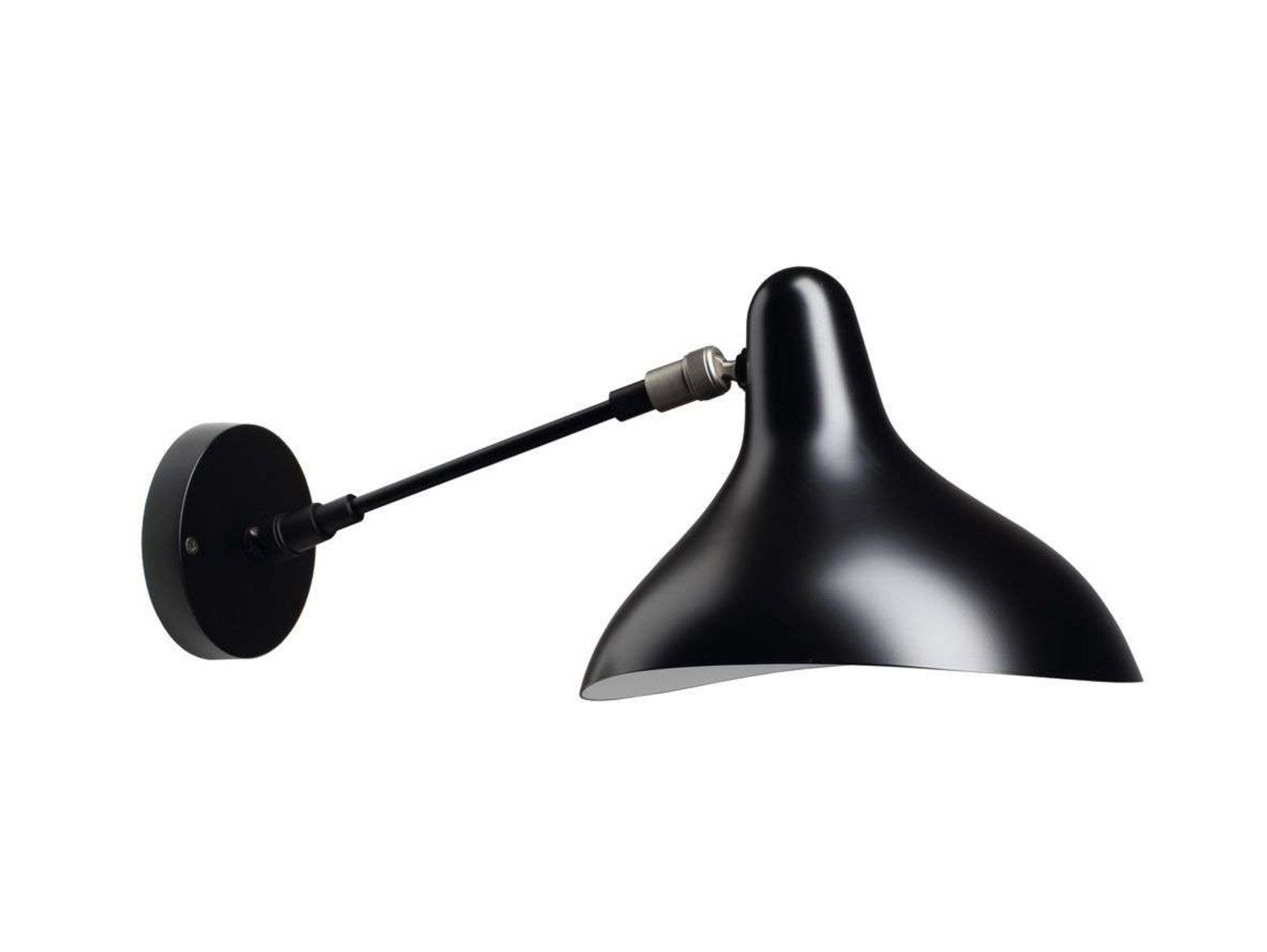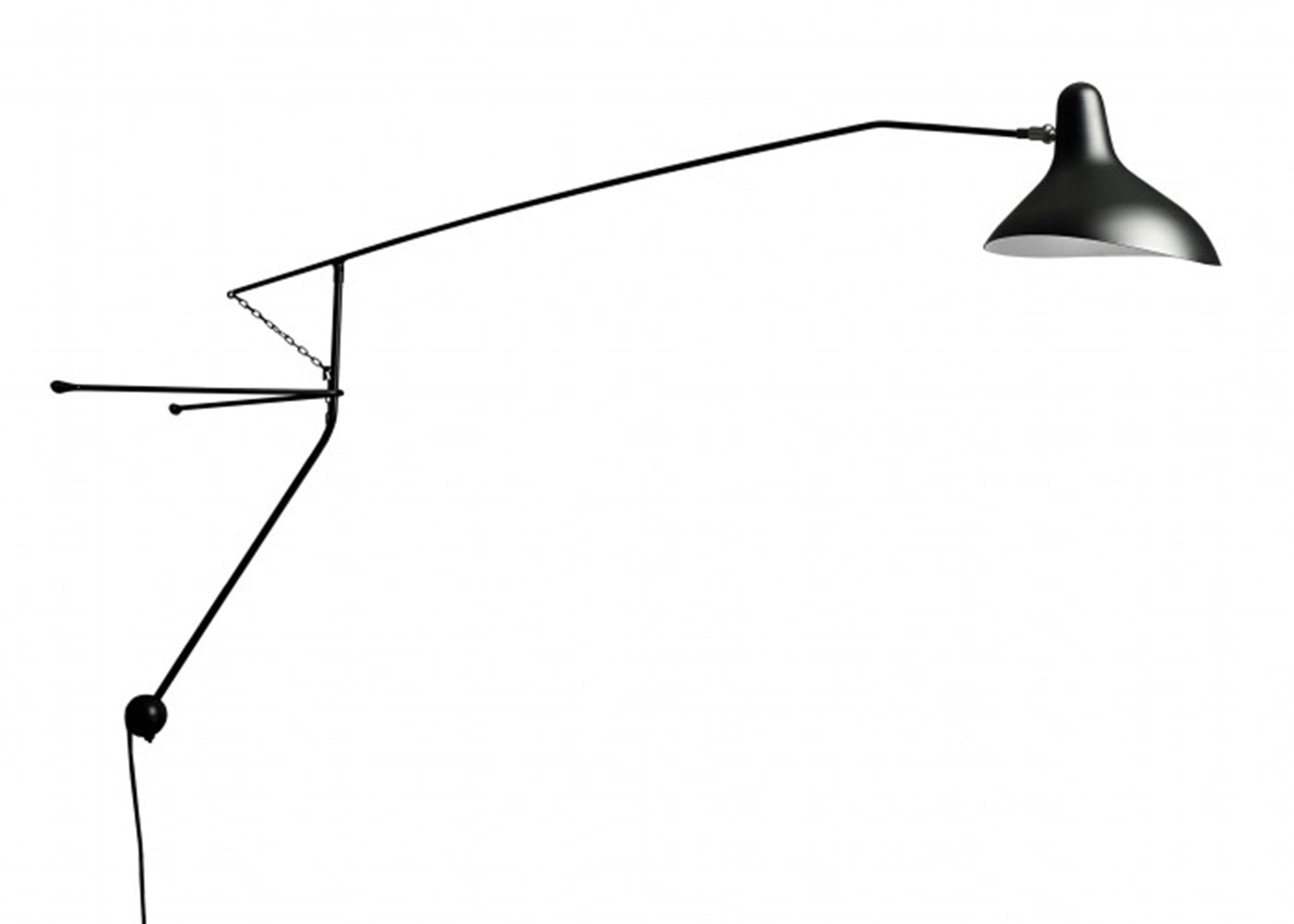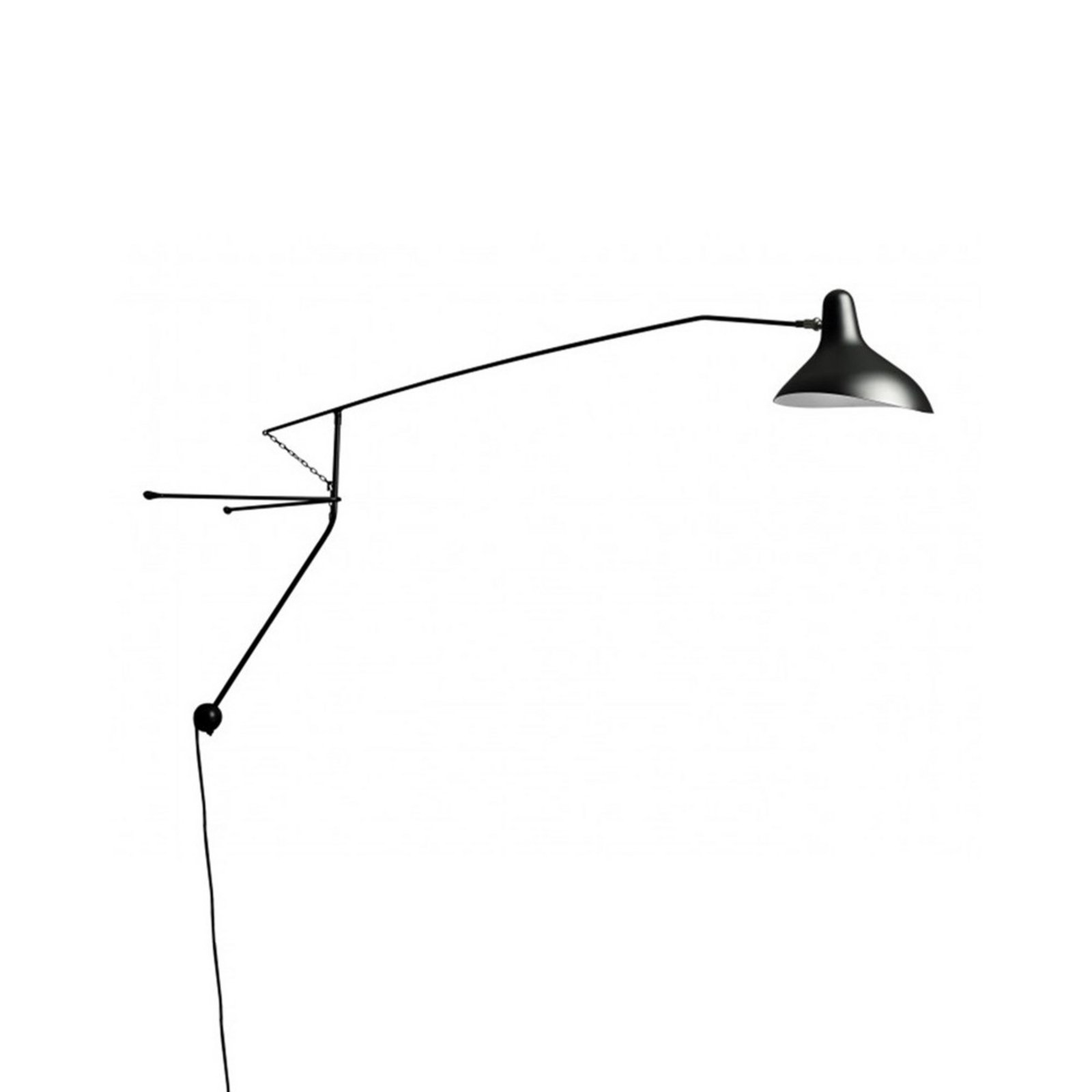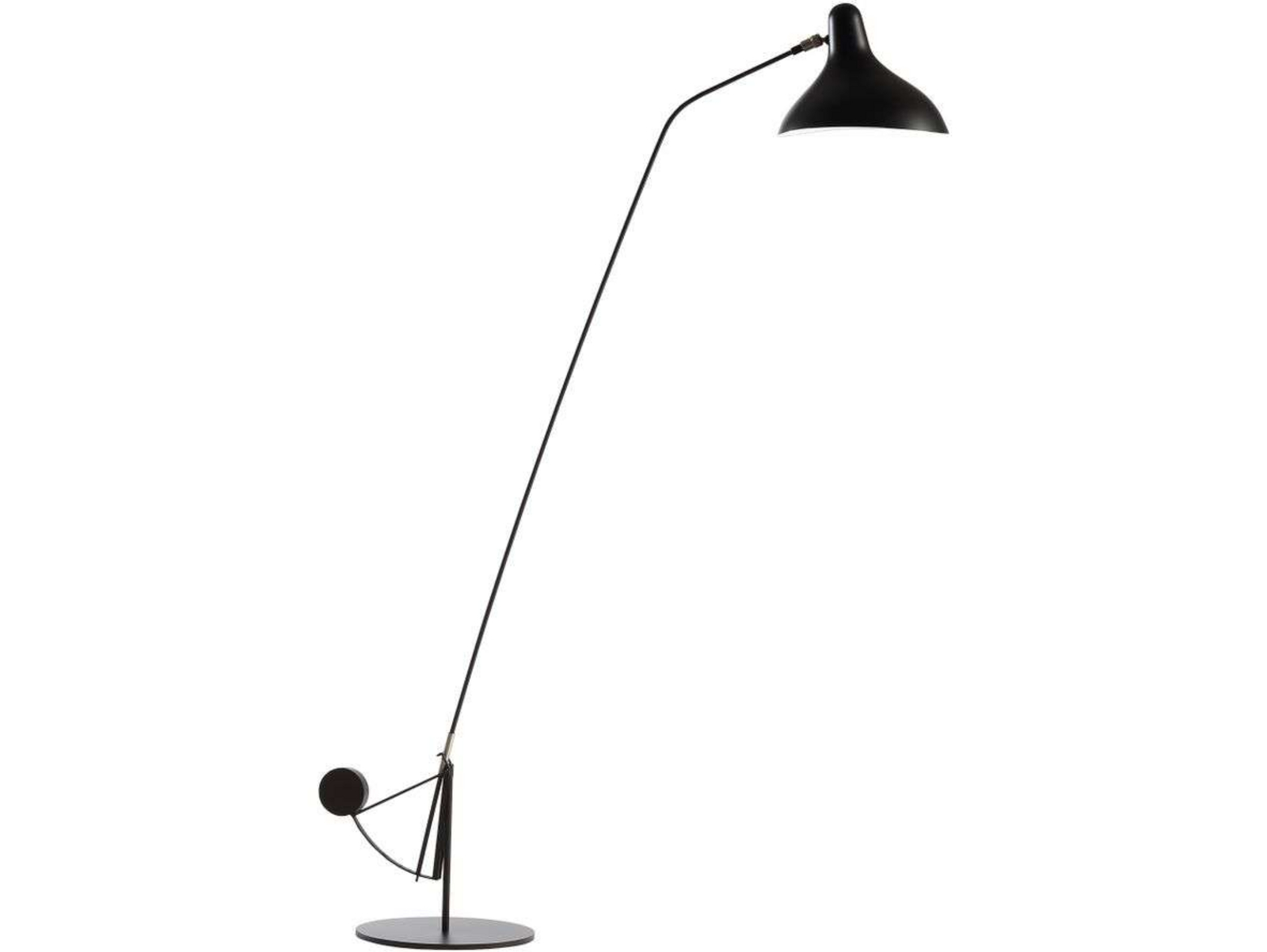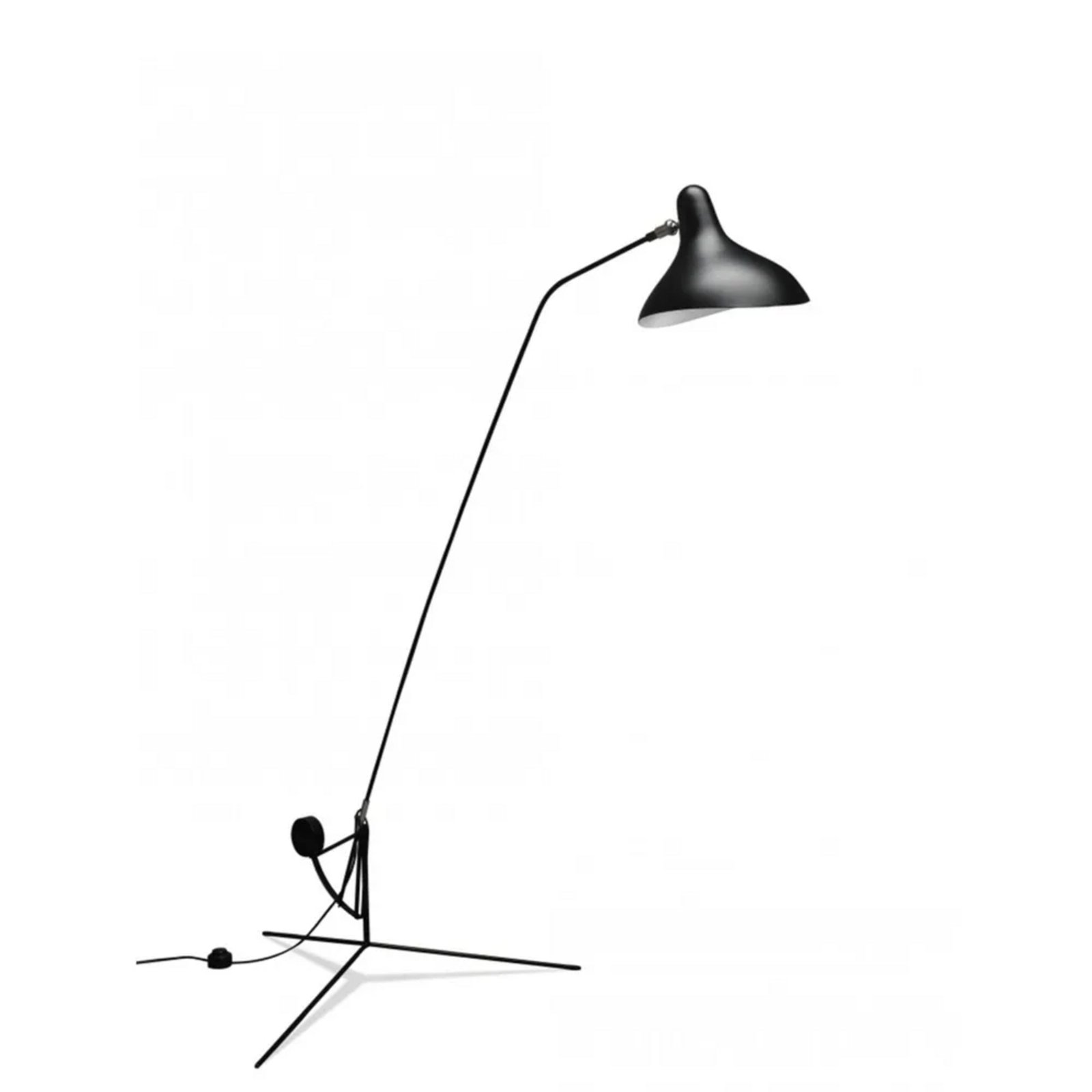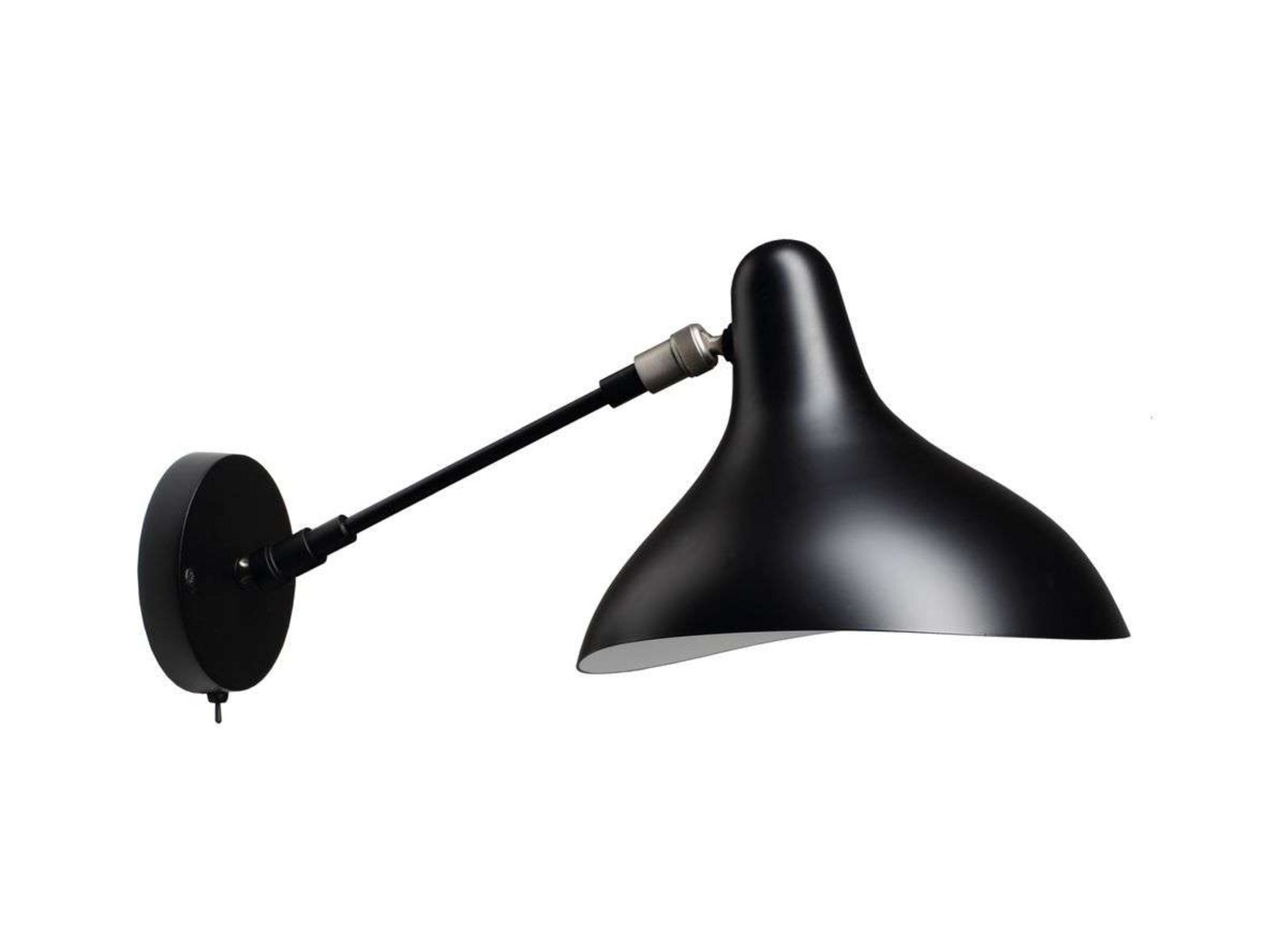- Excellent on Trustpilot
- 50-day return policy
- Free delivery over €99*
Bernard Schottlander
Born: 1924.\ Death: 1999.\ Known works: Mantis lamp.\ Education: Sculptor.
Bernard Schottlander was born in Germany, specifically in Mainz, and moved to England in 1939. After serving with the British Army in India, he learned welding techniques and then attended the Leeds College of Art followed by the Anglo-French Art Centre in St. John's Wood on a scholarship. Schottlander described himself as a designer when it came to the indoors, but a sculptor when it came to the outdoors.
After several successful years as an industrial designer, Bernard Schottlander decided to concentrate on sculptures. In the late 1950s, he established a workshop in North London, where he had George Nash as his skilled assistant for many years. From 1965 he taught metalwork at St. Martins School of Art. It was the same year he was part of the Six Artists group at the Institute of Contemporary Arts in London and had his first solo exhibition at the Hamilton Galleries, also in London, in 1966.
:format(jpeg))
Mantis lamps
Bernard Schottlander admired Alexander Calder and from this inspiration created the Mantis lamp series in 1951. Movement is woven deeply into everything Schottlander created; an artist, an engineer and not least a handyman. He devised a clever system of counterweights that were combined with a series of strong and flexible metal bars. The screens were also unique, hanging elegantly and effortlessly like an acrobat. The screens are made in aluminum using so-called 'spinning and chasing techniques' that are firmly rooted in the metalworker's collection of skills. To this solid craftsmanship, Bernard Schottlander added his skills as a sculptor, creating a spiral movement where the symmetrical and asymmetrical are in play.
Light, with its eternal play between balance and imbalance, reveals some of the secrets behind what we mean by 'solid' and 'empty'. And like the mobiles Alexander Calder made, Mantis lamps appear to defy gravity. The objects' core of poetry is an invitation to enter a dream world of deliberate, balanced elegance.
